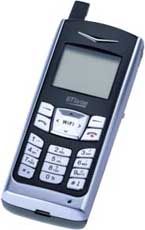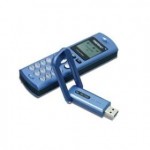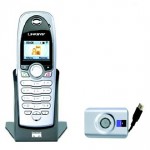Post-Gazette found that UTStarcom F1000 was the easiest voice-over-Wi-Fi option, but it’s difficult to control which hotspot it connects to, and it often fails to connect. Beside, it lacks a Web browser, causing most for-pay hotspots and even many free ones are unusable, because they require that users to log in or confirm agreement to usage terms.
Nonetheless, call quality is generally good, and the interface is reasonably familiar.
SJPhone, a SoftPhone from SJ Labs, which can works on any computer, personal digital assistant or mobile devices, is found to be hard to set-up. Once properly configured, incoming sound quality was good in the test, although sound quality declined when the hotspot’s bandwidth is used up with a file transfer. And PDA’s built-in browser opens up hotspots inaccessible to the UTStarcom phone.
Skype is found to be easier to use the SJPhone, thought not as easy as UTStarcom F1000 handset. Why Skyep was used to call another Skype user, which is free, the sound quality was astounding, even better than you would get from a landline or cell-phone call. However, calls to phones had acceptable but relatively poor sound quality.
Post-Gazette concluded that none of the voice-over Wi-Fi options tested are suitable as a replacement for a cell phone, but they aren’t bad as a supplement. Hope are on coming-soon cell phones with Unlicensed Mobile Access, which will use Wi-Fi when it’s available, but hand over to cellular networks if the user leaves the hotspot.







